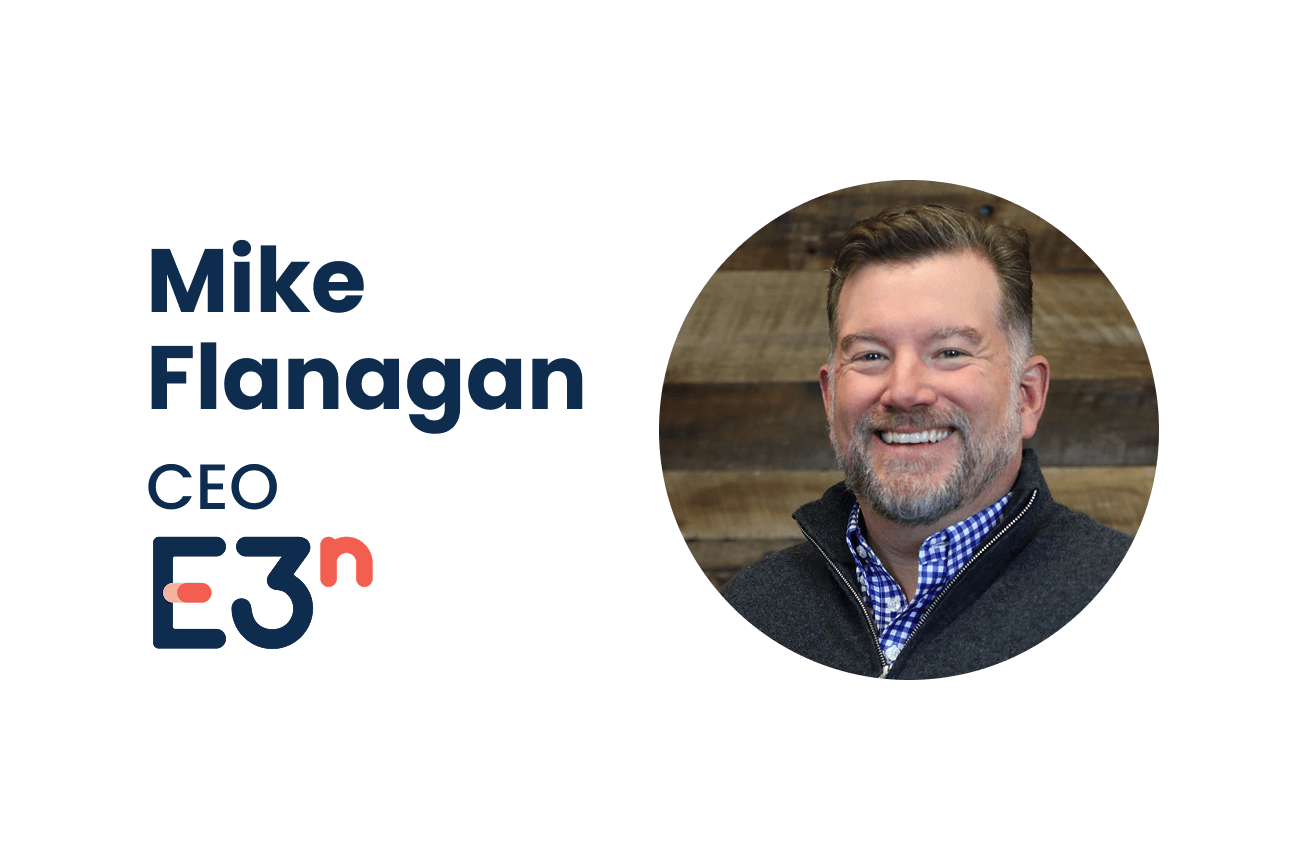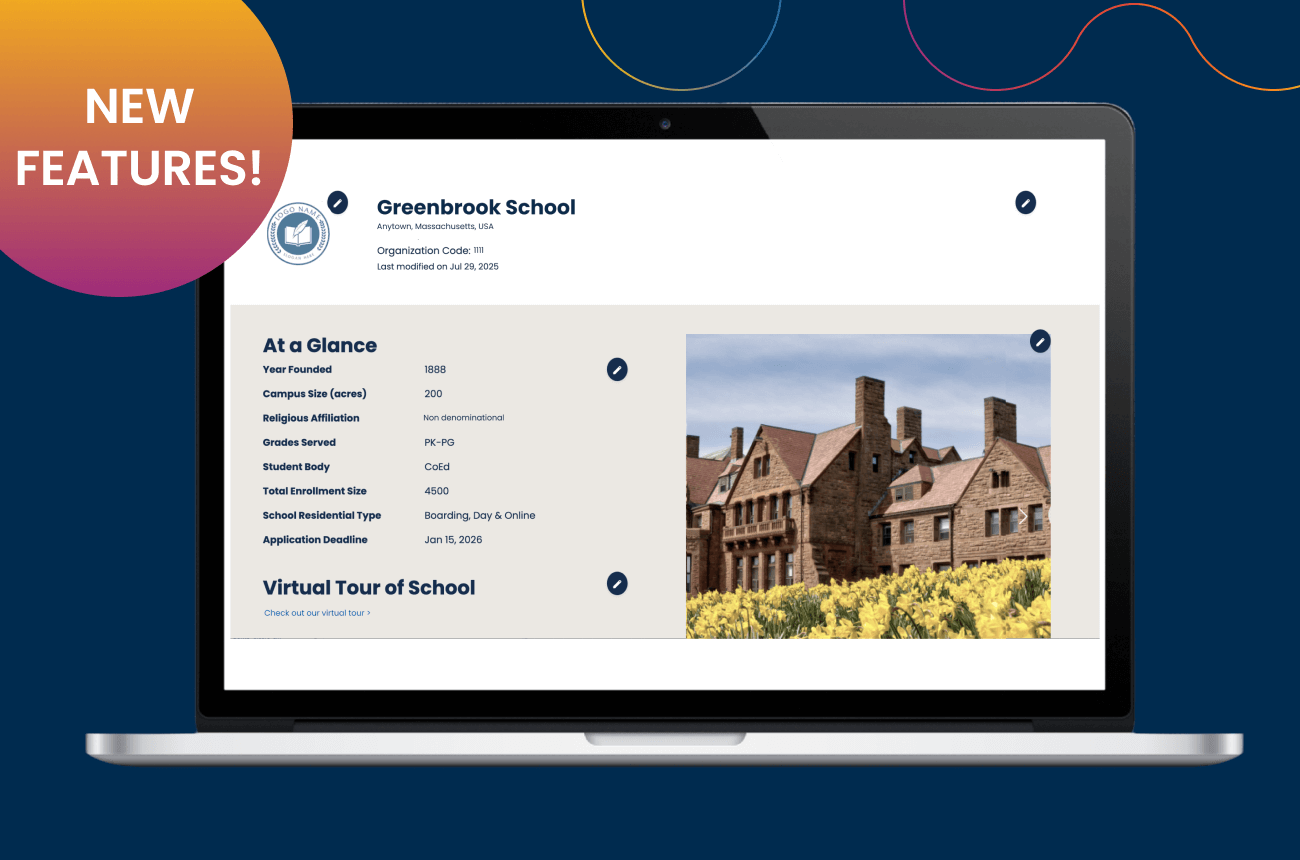Leadership Lessons: My Experience at the First Admission Directors Institute

That first morning, I was excited to meet men and women from around the world. I sat next to an admission director from a school in China and across from another from Canada; my colleagues came from a cornucopia of institutions ranging from K-12 schools, all boys, all girls, all online, and other Episcopal Schools like mine, among others. Like the proverbial sea of humanity, we were of many and simultaneously of one, as we all were there to learn more about being effective leaders in admission. We all were eager to learn how best to handle those persistent quirks of re-enrollment: to collaborate well with faculty for the betterment of our schools; crystallize our mission statements into effective action statements; be self-reflective about our leadership strengths and challenges; and become visionary leaders, mentors, and change makers. This institute delivered all this and more.
The first workshop about leadership skills began with a two-minute video about the Mann Gulch wildfire tragedy in Montana and the escape fire created by Foreman Dodge in 1949. This video really set the tone for the two-day Institute. The most salient takeaway from that tragic incident was the ease with which we tend to defend the status quo, even when the solution presents itself boldly and simply right in front of our eyes. This led to the assertion that the key to effective admission work is being able to see the solution, be creative and innovative in presenting the solution, defend that solution, and also to encourage others (and yourself) not to be afraid to simply try something new…it just might save a life.
The ADI provided great insight into the work of admission from a variety of perspectives, presented highly professional, useful, and practical information for future work, and provided an interactive and open platform in which we took some deep dives into pressing issues in our particular contexts. As we watched the facilitators speak as both experts and students in the field, we were reminded that admission work is ever-evolving, and that new ways of thinking about and approaching problem solving are becoming more readily available and necessary.
The pre-work assigned was invaluable, as it allowed us all to plunge into the details of our institutions and answer questions that we may not have asked already and/or to answer questions we should know as we embarked on this work. This included questions about the business office, the marketing and communications offices, the development office, and data, data, and more data! In fact, I left the institute more committed to the effective collection of data that not only help us to present innovative and creative solutions, but help to inform and defend the decision-making behind those solutions, holding us accountable to the efficacy of those solutions. It is no coincidence that the title of this magazine is The Yield.
There were many things to take away from this institute, but the most provocative line I recalled as I returned to my school was the sharpened definition of admission work, and that is “to make the aspirational and essential identity of my institution become the perceived identity.” I learned from that sentence that admission work is far-reaching, cognitively diverse, clear in identity and purpose. It involves collaboration with so many key stakeholders. It is targeted, intentional, and strategic, with initiatives put in place to nurture and support goals. It involves risk taking, change making, and the willingness to grow and go back to the drawing board. Data are fundamental, transparency is essential, and being aligned with the mission or integrity is indispensable. I highly recommend this institute to anyone starting out as an admission director. The fact that SSATB has been recently renamed The Enrollment Management Association is an astute reflection of the constant evolution of this work and the need to be reflective and open to new ways of theorizing, conceptualizing, and approaching enrollment management.
Pictured above, participants and faculty at the first-ever Admission Directors Institute in September 2016




